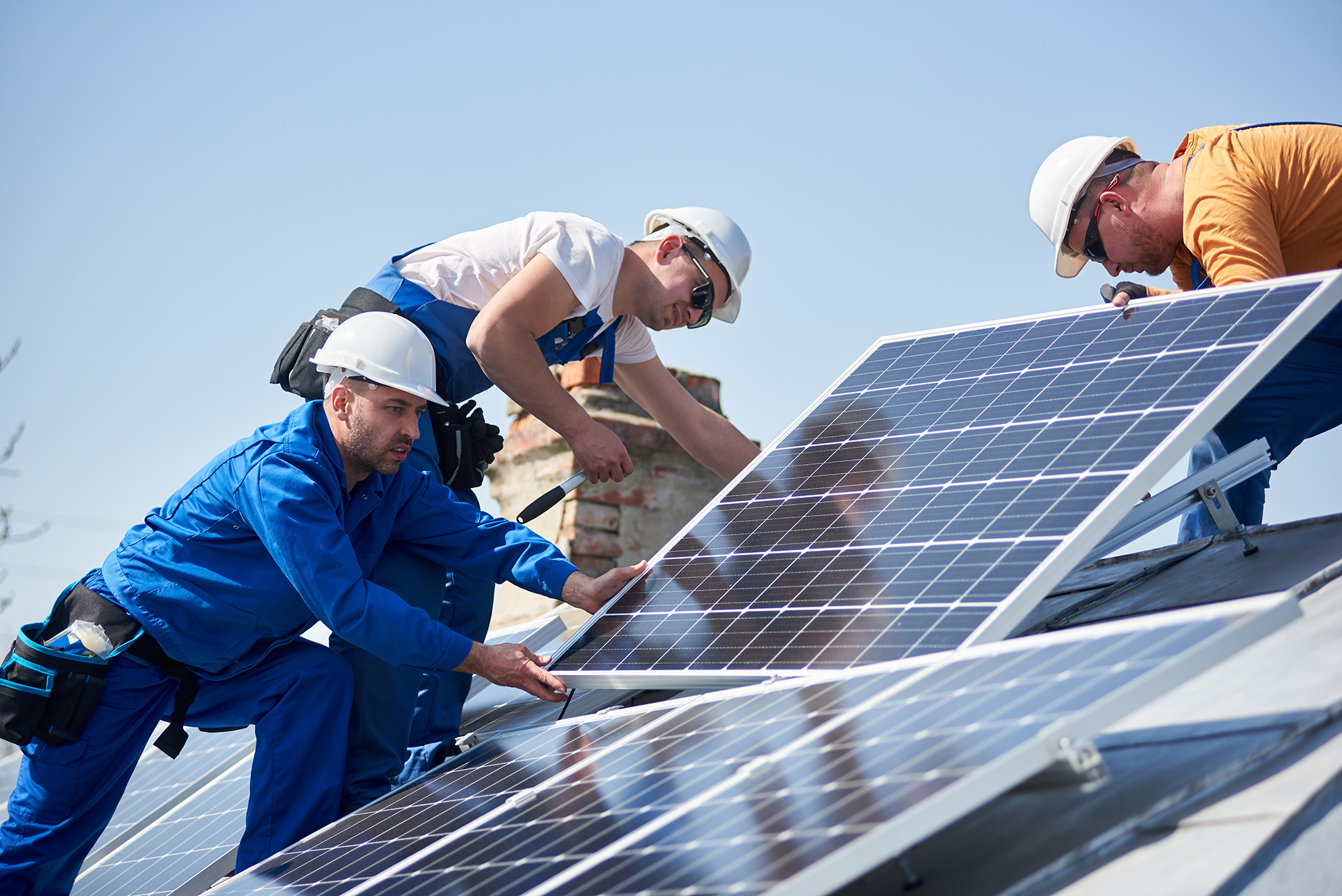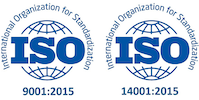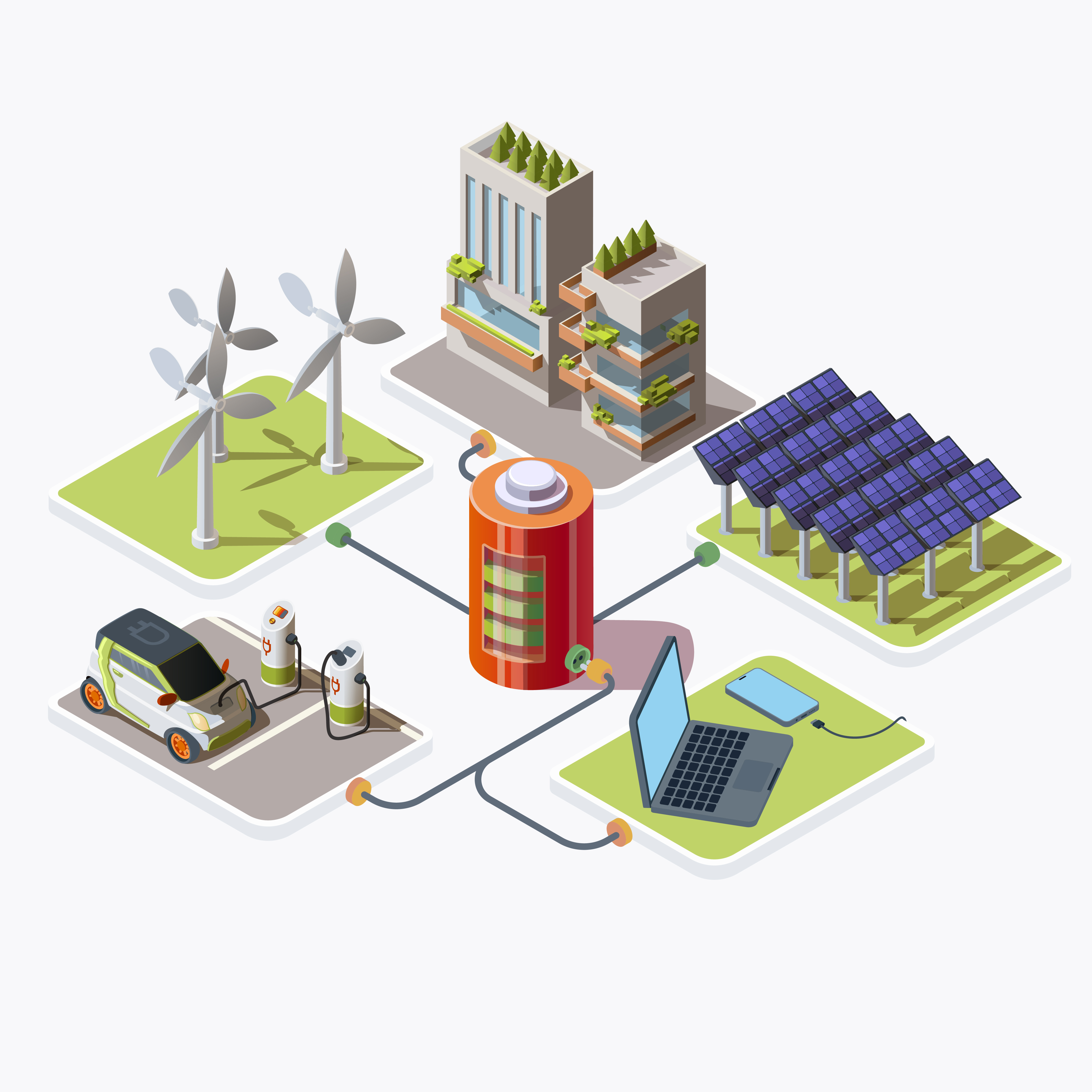Table of Contents
ToggleIntroduction
Renewable energy plays a crucial role in mitigating climate change, reducing dependence on fossil fuels, and promoting energy security. With mounting concerns over environmental degradation and finite fossil fuel reserves, the transition to renewable energy sources has become imperative. The renewable energy sector has witnessed exponential growth in recent years, driven by technological advancements, declining costs, and supportive government policies. From solar and wind to hydroelectric and geothermal power, diverse renewable energy sources are experiencing rapid adoption globally. The renewable energy market encompasses various segments, including electricity generation, transportation, heating, and cooling. Solar and wind energy dominate electricity generation, while biofuels and electric vehicles are revolutionizing the transportation sector.
Types of Renewable Energy Sources
Solar energy harnesses sunlight to generate electricity through photovoltaic cells or concentrated solar power systems. Falling solar panel costs and improved efficiency have propelled solar energy as one of the fastest-growing renewable energy sources globally. Wind energy utilizes wind turbines to convert kinetic energy into electricity. Onshore and offshore wind farms are increasingly becoming integral components of the energy mix, offering scalable and sustainable solutions for power generation. Hydroelectric power relies on the gravitational force of flowing or falling water to generate electricity. Large-scale hydroelectric dams and small-scale run-of-the-river installations contribute significantly to renewable energy generation worldwide. Biomass energy utilizes organic materials such as wood, agricultural residues, and municipal solid waste to produce heat, electricity, and biofuels. Biomass power plants and biogas facilities play vital roles in renewable energy production and waste management. Geothermal energy harnesses heat from the Earth’s core to generate electricity or provide heating and cooling. Geothermal power plants and geothermal heat pumps offer reliable and sustainable energy solutions, particularly in regions with abundant geothermal resources.
Governments worldwide have implemented various policies and regulations to incentivize renewable energy deployment, including feed-in tariffs, tax incentives, renewable portfolio standards, and emissions trading schemes. Recent regulatory trends focus on enhancing renewable energy integration, improving grid flexibility, and promoting energy storage technologies to address intermittency challenges associated with renewable energy sources. Regulatory stability and policy support are critical considerations for investors evaluating renewable energy projects. Clear and consistent regulations can reduce investment risks and facilitate long-term capital commitments in the renewable energy sector.
Investment Opportunities in Renewable Energy
Investment opportunities in solar energy encompass solar panel manufacturing, solar farm development, and energy storage solutions. Advancements in photovoltaic technology and economies of scale continue to drive down solar energy costs, making it an attractive investment option. Investing in wind energy involves opportunities in onshore and offshore wind farms, as well as wind turbine technology advancements. The maturation of wind power technologies and favorable wind resources in various regions offer promising returns for investors. Hydroelectric power investments include large-scale hydroelectric projects, small-scale hydro installations, and pumped storage hydroelectricity. Despite environmental considerations and regulatory challenges, hydroelectric power remains a viable investment option for its reliability and long-term sustainability. Investment opportunities in biomass energy encompass biomass power plants, biogas production facilities, and biomass co-firing projects. The abundance of biomass feedstocks and advancements in conversion technologies make biomass energy a promising investment avenue. Investing in geothermal energy involves opportunities in geothermal power plants, enhanced geothermal systems (EGS), and geothermal heat pumps. With geothermal resources distributed globally, geothermal energy offers reliable and low-carbon energy solutions for investors.
Technological Innovations in Renewable Energy
Technological innovations in solar panel design, materials, and manufacturing processes have led to significant improvements in efficiency and performance. High-efficiency solar panels enable higher energy yields and faster return on investment for solar energy projects. Next-generation wind turbines incorporate advanced blade designs, control systems, and materials to enhance energy capture and operational efficiency. Larger rotor diameters and taller towers enable turbines to access stronger and more consistent wind resources, further optimizing energy production. Breakthroughs in energy storage technologies, such as lithium-ion batteries, flow batteries, and thermal energy storage, address the intermittency of renewable energy sources and enable grid stabilization. Energy storage systems enhance grid reliability, support renewable energy integration, and provide ancillary services, creating new investment opportunities in energy storage projects.
The Asia-Pacific region presents vast opportunities for renewable energy investment, driven by rapid urbanization, industrialization, and growing energy demand. Countries like China, India, and Japan have ambitious renewable energy targets and offer attractive investment environments for solar, wind, and hydroelectric projects. Latin America boasts abundant renewable energy resources, including solar, wind, hydro, and biomass. Governments in the region have implemented supportive policies, such as auctions, tax incentives, and renewable energy targets, to attract investment in clean energy infrastructure and promote sustainable development. Africa holds immense potential for renewable energy investment, with abundant solar irradiation, wind resources, and hydroelectric potential. Despite challenges related to infrastructure, financing, and regulatory frameworks, several African countries are actively pursuing renewable energy projects to expand access to electricity, drive economic growth, and mitigate climate change impacts.
Risks and Challenges in Renewable Energy Investments
Regulatory uncertainty, changes in government policies, and geopolitical risks can pose challenges for renewable energy investments, affecting project economics and investor confidence. Investors need to carefully assess regulatory frameworks and policy stability to mitigate risks associated with regulatory uncertainty. Fluctuating government support, subsidies, and incentives can impact the profitability and viability of renewable energy projects. Changes in subsidy levels, tax credits, or feed-in tariffs may affect project economics and investment returns, highlighting the importance of diversified revenue streams and risk management strategies. Rapid technological advancements and evolving market dynamics may render certain renewable energy technologies obsolete or less competitive over time. Investors should stay abreast of technological innovations, market trends, and industry developments to identify emerging opportunities and mitigate the risk of technological obsolescence.
Venture capital and private equity firms play a vital role in funding early-stage renewable energy startups and innovative technologies. By providing capital, expertise, and strategic guidance, venture capital and private equity investors support the development and commercialization of renewable energy innovations. Green bonds and sustainable finance instruments enable investors to allocate capital towards environmentally sustainable projects, including renewable energy infrastructure. By issuing green bonds, companies and governments raise funds for renewable energy projects while meeting sustainability objectives and attracting socially responsible investors. Project finance and public-private partnerships facilitate large-scale investments in renewable energy projects by spreading risks, leveraging private sector expertise, and accessing diverse funding sources. Through project finance structures and collaborative partnerships, investors can finance renewable energy projects with long-term revenue streams and positive social and environmental impacts.
Environmental Impact of Renewable Energy Projects
Renewable energy projects contribute to reducing greenhouse gas emissions, mitigating climate change, and improving air quality by displacing fossil fuel-based electricity generation. Solar, wind, hydroelectric, and other renewable energy sources emit minimal to no greenhouse gases during operation, making them essential tools in the global fight against climate change.
Large-scale solar farms, such as utility-scale photovoltaic (PV) or concentrated solar power (CSP) projects, have demonstrated significant success in various regions worldwide. Projects like the Ivanpah Solar Power Facility in California or the Noor Ouarzazate Solar Complex in Morocco showcase the scalability, reliability, and cost-effectiveness of solar energy at utility-scale. Offshore wind projects have emerged as a promising frontier in renewable energy development, particularly in Europe and Asia-Pacific regions. Initiatives like the Hornsea Wind Farm in the UK or the Borssele Wind Farm in the Netherlands highlight the vast potential of offshore wind energy to deliver large-scale, clean electricity generation while leveraging abundant offshore wind resources.







